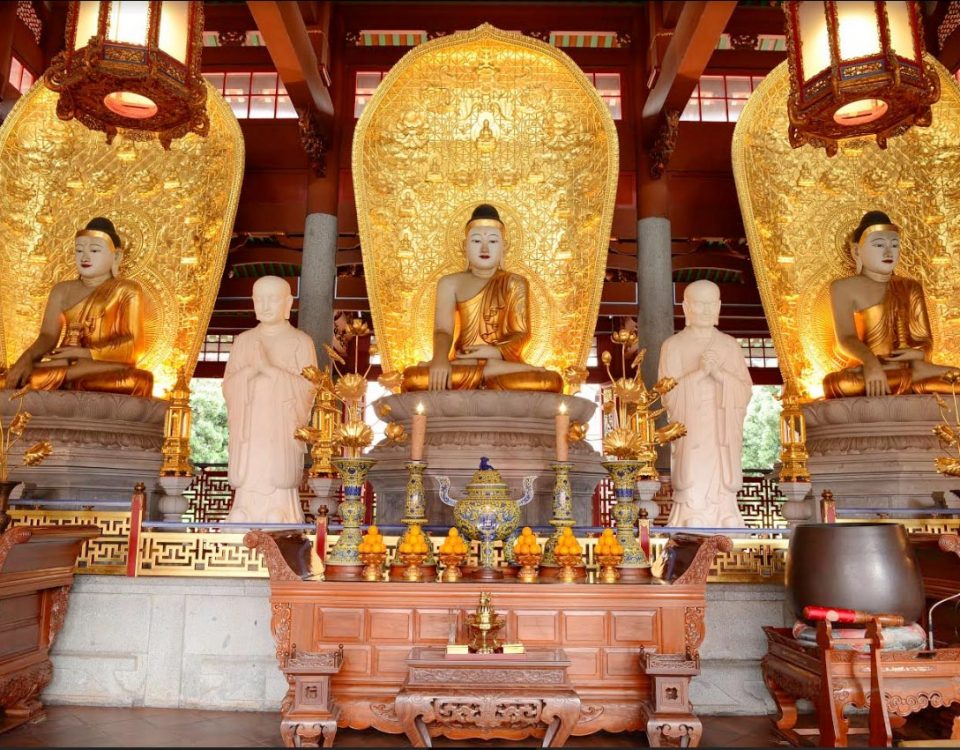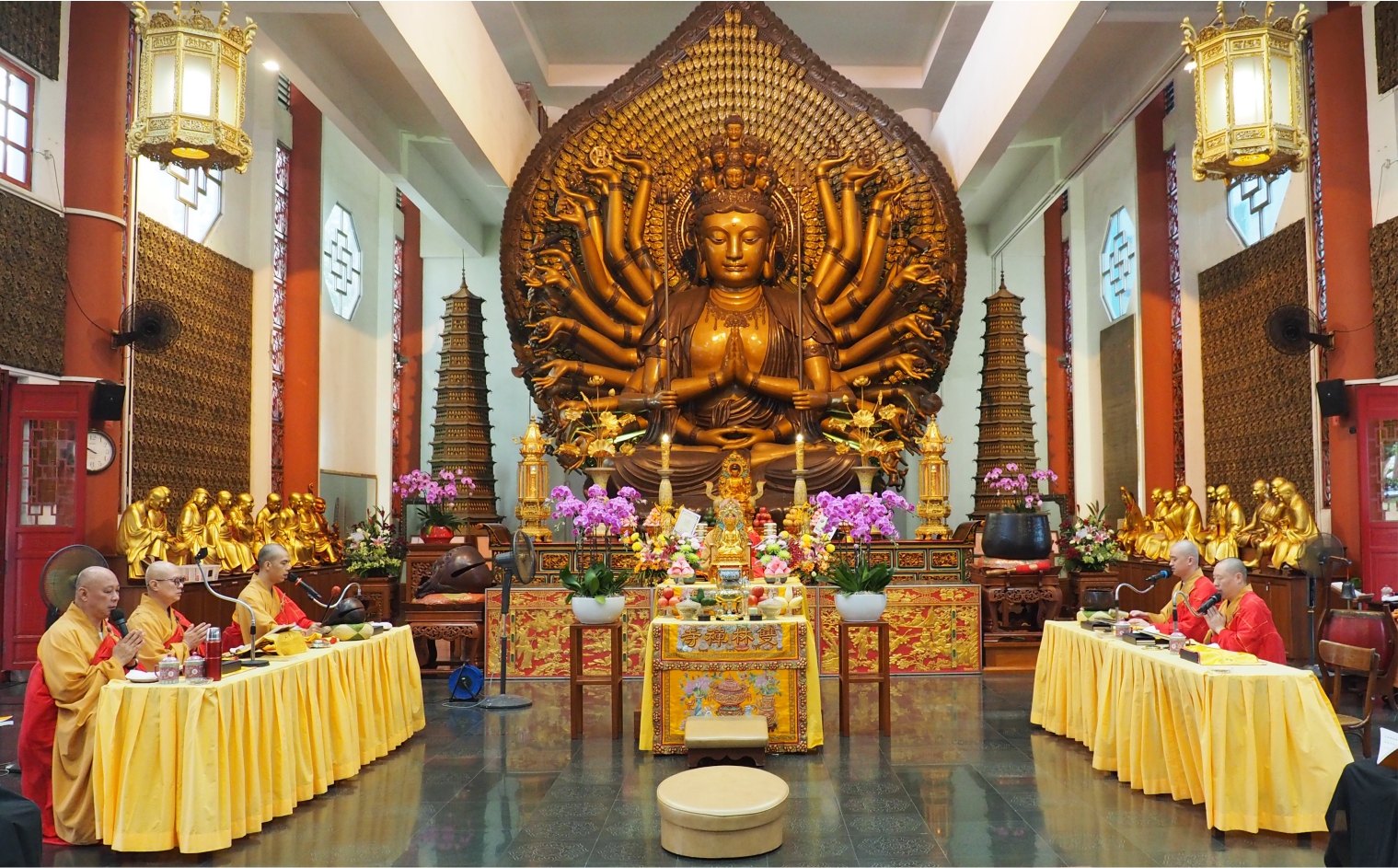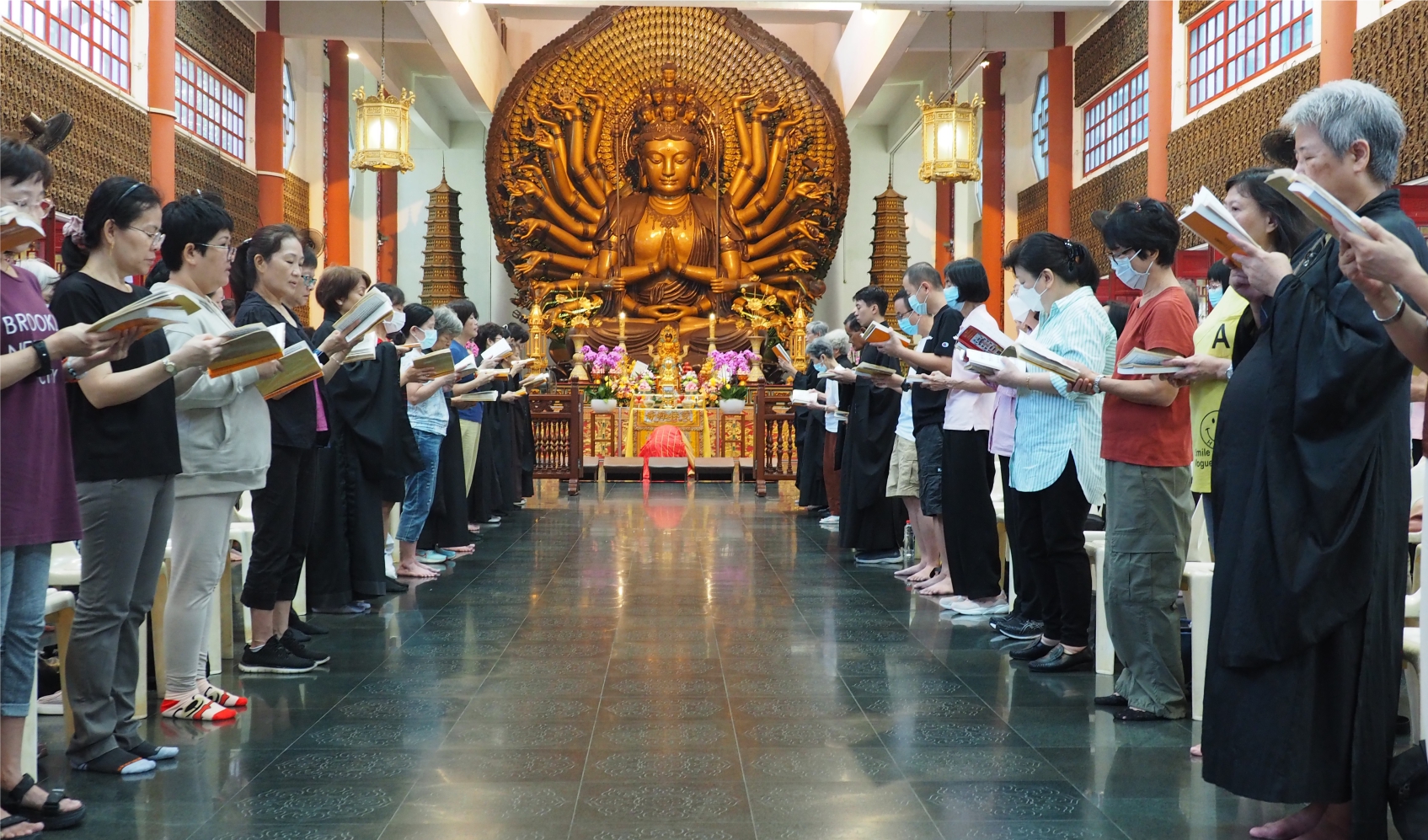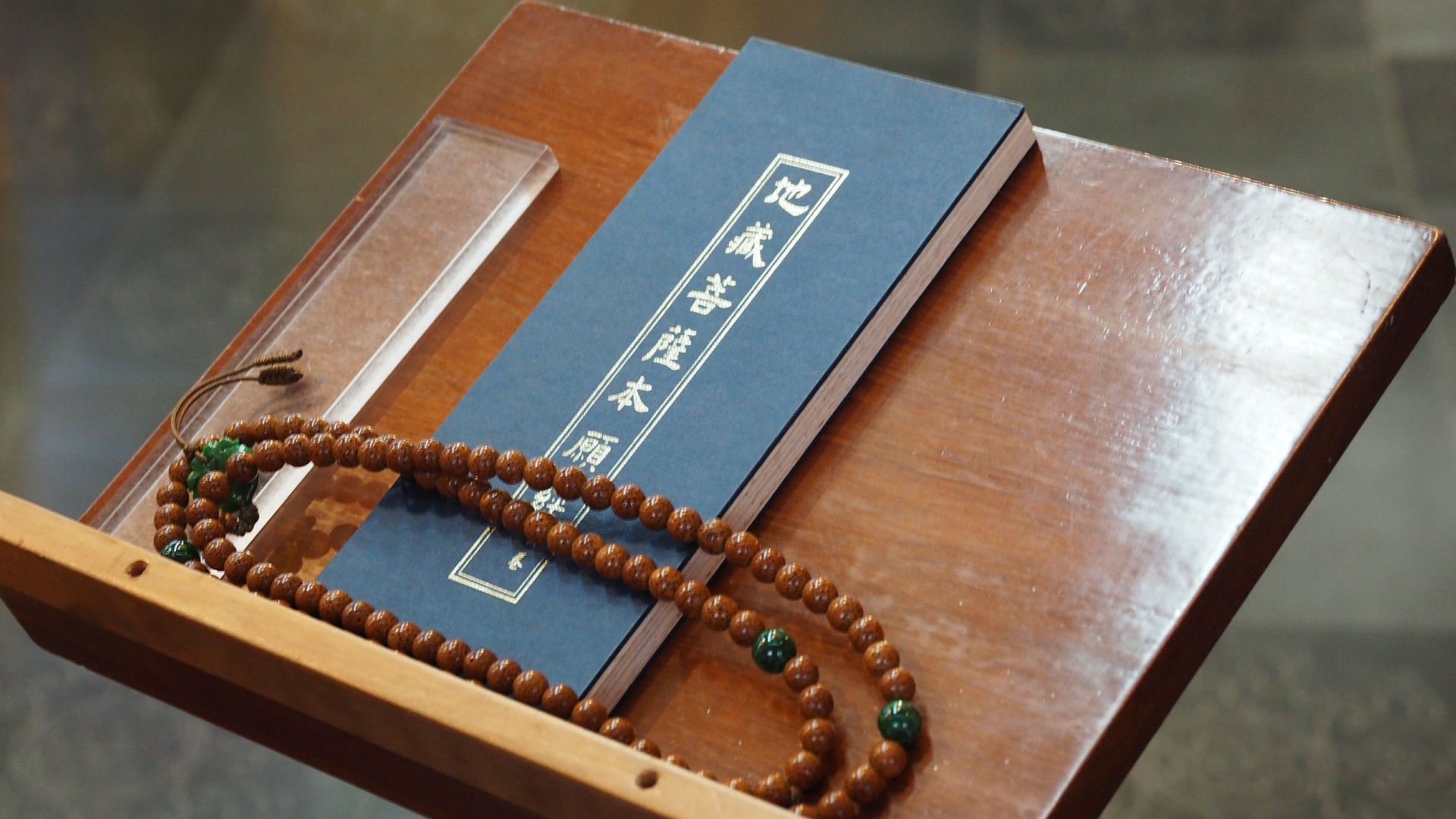betheme/index.php
Lorem ipsum dolor sit amet, consectetur adipiscing elit. Cras id felis ac dui viverra euismod. Donec eleifend porttitor faucibus. Etiam venenatis interdum ante sit amet hendrerit. Cras eleifend, urna quis ullamcorper vehicula, ante massa sagittis mi, sed malesuada orci libero nec nibh. Mauris semper libero in augue rutrum gravida. Aenean sed egestas est, quis lobortis odio. Morbi gravida sapien vitae iaculis tincidunt. Duis maximus nisi ut erat euismod congue. Donec malesuada nulla sit amet nunc Read More...
In 1987, many areas of the monastery constructed in wood were found to be heavily infested with termites. The structures of the halls were also in a precarious position since they were on the verge of decaying. A report from the Institute of Engineers in 1989 indicated that the monastery structure faced the possibility of a collapse. In 1990, Venerable Wang Fun, temple superintendent of Chi Lin Nunnery in Hong Kong, was invited by Shuang Read More...
In 1971, the Singapore Tourism Board (STB) proceeded with the plan of the Suhang Garden, which proposed to classify Shuang Lin Monastery as a tourist attraction. This culminated in the construction of a lake, a stone bridge and a stone mountain in front of the Hall of the Celestial Kings, with the area being named as Shuang Lin Garden. It was only then that the task of building the pagoda was stopped. In early 1972, Read More...
In 1954, Master Tham Sean was appointed Superintendent of the monastery. In 1957, for the sake of commemorating the 2300th anniversary of Qu Yuan’s passing, more than 30 local poets collaborated with 2 poets from Hong Kong to hold a “poetry gathering” on the day of dragon boat festival, and to garner enough support for the establishment of a Singapore press for the benefit of general public. To celebrate the monastery’s 60th anniversary, Master Gao Read More...
For two decades since its initial construction, the monastery’s halls had become so much out of repair, with termite infested pillars and damaged walls. In 1918, Master Pu Ling initiated a restoration work. The project eventually materialized in March, and took one and a half year to complete with the help of Low Kim Pong’s son, Mr. Low Kim Seong and many devotees of the monastery. To mark the completion of this restoration, two stone Read More...
In 1898, Master Xian Hui and others stopped by Xingzhou (now Singapore) on their return journey to China from Burma, and he accepted the invitation from Low Kim Pong to build the monastery on 38 acres of land donated by him. The Dharma hall located at the backyard was the first hall to be constructed. The Zhu Lin Temple was added for the stay of his mother, sister and cousin who were named Venerable Ci Read More...
The Kunju Opera Grievance from a Former Birth was written, in collaboration with the Zhejiang Kunju Opera Troupe, at the Chi Lin Nunnery in Hong Kong in order to pass on and develop Chinese culture. The opera is one of several composed on the basis of Buddhist sutras and parallel prose narrative texts. In 2012, the Chinese Zhejiang Kunju Opera Troupe performed the opera in the Chi Lin Nunnery in Hong Kong with utmost artistry, Read More...
The construction of the original Mahāvira Hall began in 1904 and was completed in 1907. For more than a century, this Hall had undergone both restoration and renovation. Located along the central axis from south to north, this is the most important and most decorated hall in the monastery. Inside the Hall, there are Buddhas of the three worlds, all sitting cross-legged on the altar. In the centre enshrines the Śākyamuni Buddha, the master of this world, Read More...
Behind the Śākyamuni Buddha enshrines a white Jade Avalokiteśvara Bodhisattva from Myanmar since 1903, facing north towards the Dharma Hall. Always ready and capable of rendering help, this goddess of mercy had become a saviour of all sentient beings in perils and distress through his various transformations and skillful means.
Built originally in 1905, this Hall now houses the statue of Maitreya Bodhisattva in the centre, the four Celestial kings on both sides and the Skanda Bodhisattva behind the Maitreya Bodhisattva but facing the Mahavira Hall. The Hall is grand and captivates with its high ceiling and pillars which feature intricate dragon carvings and other beautiful decorative pieces. All the beams in the hall, are constructed according to a wooden framing system most commonly found Read More...













